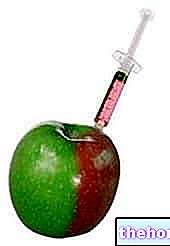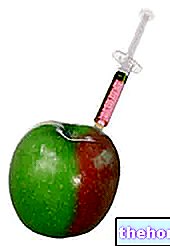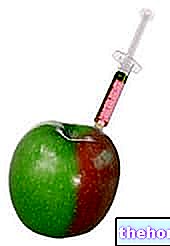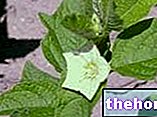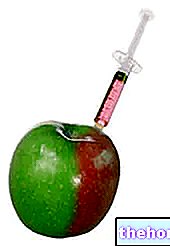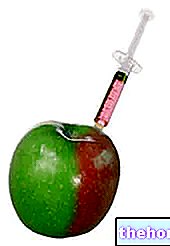E422 GLYCEROL OR GLYCERINE
By glycerol s "means exclusively the pure substance, while on the market there are also its derivatives, including glycerin (which contains a quantity of glycerol equal to 95%).
Glycerol, synthesized for the first time in 1779 by Carl Scheele, is a natural organic compound, in whose structure there are three -OH groups; thanks to this chemical characteristic, glycerol is miscible with water in every portion. Glycerol is both a component of lipids (normally present in fats and oils) and phospholipids. When the body uses its reserves of fat, first breaks them down into fatty acids and glycerol, then later in the liver it transforms glycerol into glucose, thus converting it into an energy source essential for cell metabolism.
In foods, glycerol has a sweetening, humectant, emulsifying and supporting function for synthetic additives.
The product, industrially obtained as a by-product of soap processing, is used in the food sector as an additive (with the initials E422); it can be found in numerous products, such as candies, flavorings, liqueurs, syrups, bakery and pastry products, diet foods, etc.
In high doses, glycerol could cause nausea and / or migraines, thirst and high blood pressure.
ADI DOSE: /


